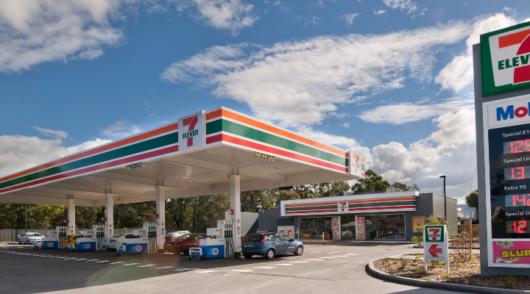 The office has become more than a workplace, with an increasing number of opportunities for retailers to cash in.
The office has become more than a workplace, with an increasing number of opportunities for retailers to cash in.
Cafes, kiosks, and convenience stores have become a familiar feature of city office foyers, with foodcourts, shopping arcades, and laneway shops found in most areas of CBDs.
What has driven this change? Why so many shops in areas that used to be lifeless corners of the concrete jungle?
According to Ubis, the office worker is what’s changed – highly productive, always on the go lifestyles lead to more money, but less time to spend it.
Office workers today have increased interest in good food, but no time to cook at home – the eating out culture has become the norm, both at home and work. The brown bag lunch is a relic of the past.
In combination with a number of large property owners, Urbis surveyed some 3,00 office workers about their shopping habits during the working week.
The Urbis research found that in a typical week virtually all city workers buy something before, during, or after work. Only three per cent reported buying nothing.
The average spend is $230 per week. This is spent in shops and excludes transport to and from work, trips to the doctor, and other similar non-retail spending, with $76 a week spent on food and beverages.
Lunch is the most popular purchase, with 84 per cent of office workers buying lunch during the week.
Coffee is a big outlay, with city workers consuming 2 million coffees a week. Nearly three quarters of office workers consume coffee at a typical rate of 3.5 hits per week.
One third of workers buy clothing or footwear in a week, with women spending a larger proportion than men.
ATMs are the most desired facility close to work. Foodcourts, a place to get a good coffee, a supermarket, and a café were in workers’ top five must haves near their office.
City office workers spend $10 billion a year on retail goods and services. That’s an average of more than $11,000 a year each, and means office workers spend more than half of all their annual retail spending while at work. Many spend a much higher proportion again.
Comparison with results of a US study shows that Australian office workers are spending two thirds more than their North American counterparts. Higher domestic prices and access to extensive shopping options are driving the spend levels in Australian CBDs.
Yet despite the growing influence of internet shopping and the availability of internet at their desks, less than 10 per cent of spending by Australian office workers is online – similar to the US experience at 11 per cent.
Even for the Gen Ys, shops still have their allure. The pull of physical shopping remains a powerful magnet, especially when those shops are only a short walk from the workplace.
Office building owners and developers are more aware of the value of having good retail facilities within or close to their commercial buildings and we can expect to see more shops included in new commercial projects and redevelopment of street front and foyer areas to incorporate a greater amount of retail and a better mix of shopping offer.





